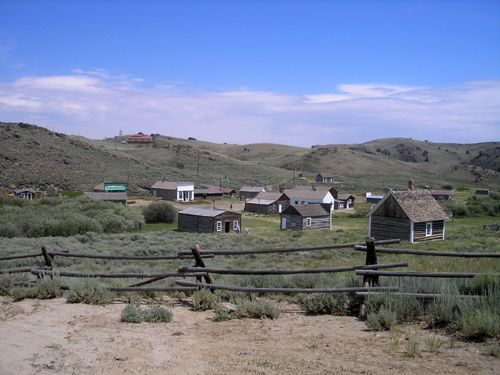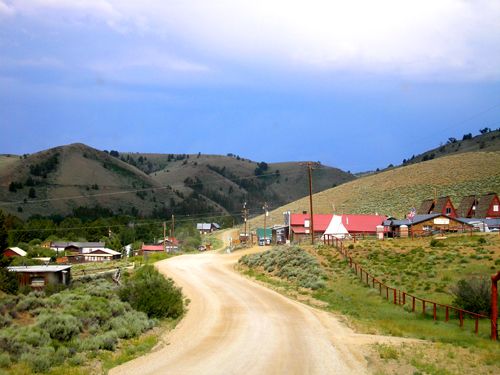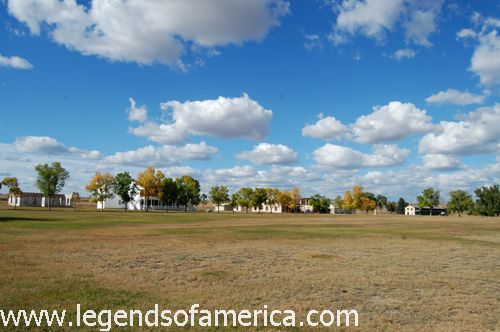Many towns that once boasted healthy populations and big dreams were deserted throughout Wyoming. Many have remaining buildings, while others have nothing or only an associated cemetery.
Atlantic City – Boom & Bust For 100 Years
Miners Delight – Tumbling in the Forest
South Pass City – An Authentic Ghost Town
Fort Caspar and the Western Trails
Fort Laramie – Crossroads of the West
Fort Fred Steele – Abandoned But Not Forgotten
During the 1800s, the pioneering spirit was alive and well across the vast West, including Wyoming. Across the Cowboy State came thousands of pioneers along the Oregon, California, and Mormon Trails, looking to make new lives for themselves in Wyoming, Utah, California, and Oregon. Despite its harsh climate, many of those hardy pioneers settled in Wyoming, becoming farmers and ranchers.
Bringing yet more people into the state were a couple of gold rushes, especially that of the Lewiston District, located near the southern tip of the Wind River Range, which would result in the settlements of South Pass City, Atlantic City, and Miners Delight, all of which are ghost towns today. Other districts that discovered relatively high gold prices during that era included Centennial Ridge, Douglas Creek, Gold Hill, Keystone, and New Rambler — all in the Medicine Bow Mountains. These mining towns and numerous others would eventually die when the mining played out.
These many people coming through the area angered the local Native American tribes, who had long called this region home and utilized the land as their hunting grounds. This resulted in several battles between the new settlers and the Indians. As a result, several forts were established throughout the state, especially along the many well-traveled trails. Places such as Fort Laramie, Fort Fred Steele, and numerous others.
Despite its Old West image, populating Wyoming was mostly a product of the transcontinental railroad, which came through southern Wyoming beginning in 1867. Before its construction in the late 1860s, there were few people in Wyoming beyond the military posts, stage stations, and ferry crossings. This changed when numerous railroad depot towns were established, including Cheyenne, Laramie, Rawlins, Green River, and Evanston. Dozens of others established along the railroad at the time did not survive.
In the next century, Wyoming, like every place else in the nation, was hit by the Great Depression. This caused many residents to leave the state, abandoning homesteads and closing businesses.
Many towns that once boasted healthy populations and big dreams were deserted throughout Wyoming. Many have remaining buildings, while others have nothing or only an associated cemetery.
All of them, however, open windows on long-gone chapters of Wyoming’s history.
© Kathy Alexander/Legends of America, updated March 2023.
Also See:



